As a Software Engineer with a passion for precision and attention to detail, I found myself drawn to the world of custom mechanical keyboards. The allure of designing a keyboard tailored to my preferences, from the choice of switches to the aesthetics of keycaps, was irresistible. Thus began my journey into the realm of custom mechanical keyboards, and I’d like to share my experience building my very first one.
Content
The Foundation
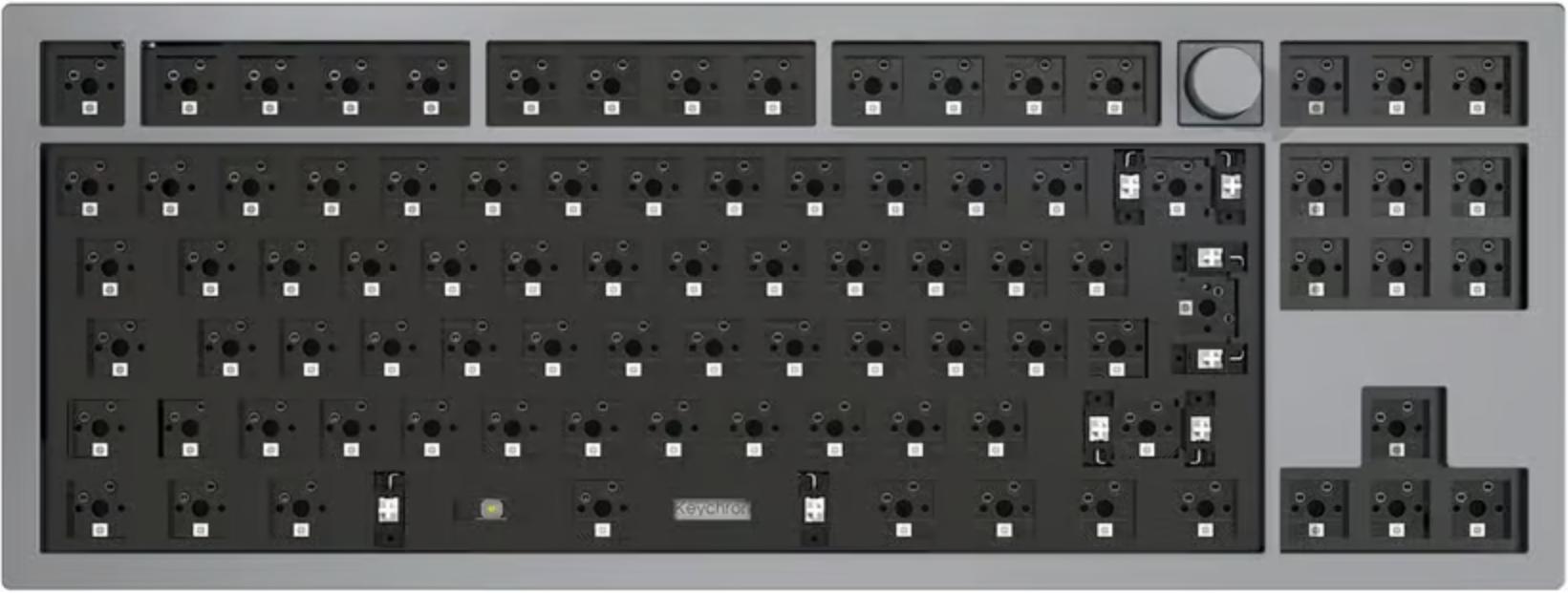 For my custom mechanical keyboard project, I chose the Keychron Q3 barebone kit as my foundation. Its aluminum body not only exuded a premium feel but also provided durability, ensuring that my keyboard would stand the test of time. The Keychron Q3’s minimalist design appealed to me, offering a sleek canvas to express my personal style.
For my custom mechanical keyboard project, I chose the Keychron Q3 barebone kit as my foundation. Its aluminum body not only exuded a premium feel but also provided durability, ensuring that my keyboard would stand the test of time. The Keychron Q3’s minimalist design appealed to me, offering a sleek canvas to express my personal style.
Switches
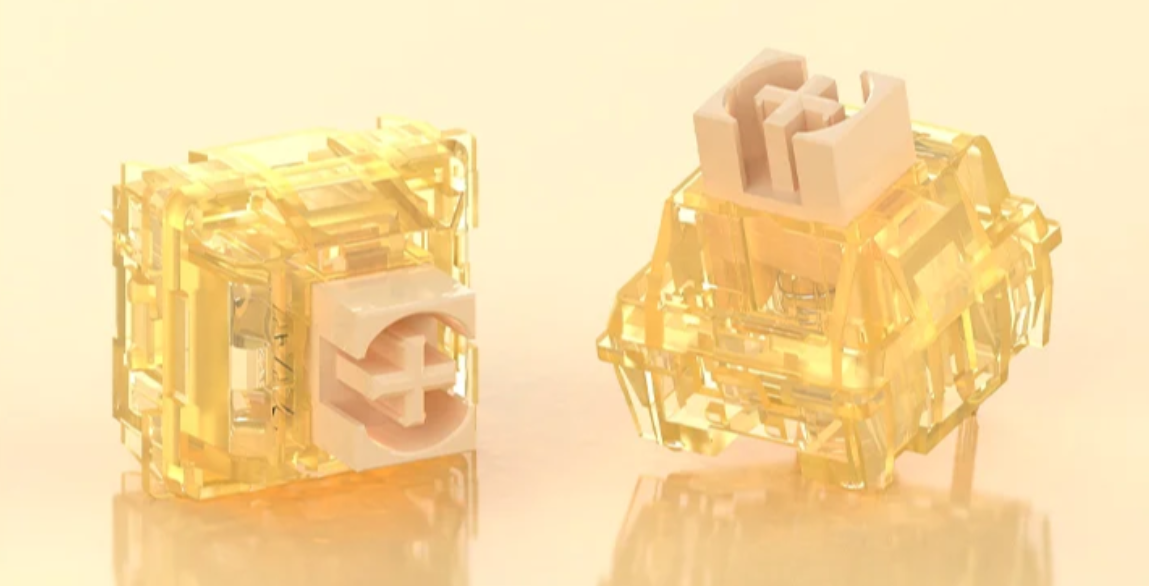 Choosing the appropriate switches was a crucial step in my quest to craft a personalized keyboard.
After extensive research and hands-on testing of various options at a nearby keyboard shop,
I finally chose the Ajazz AS Yellow 101 Tactile switches.
These switches provide an outstanding tactile experience without producing loud audible feedback.
Choosing the appropriate switches was a crucial step in my quest to craft a personalized keyboard.
After extensive research and hands-on testing of various options at a nearby keyboard shop,
I finally chose the Ajazz AS Yellow 101 Tactile switches.
These switches provide an outstanding tactile experience without producing loud audible feedback.
Keycaps
 Choosing the Keychron Cherry Profile Double - Shot PBT Full Set Keycaps - Royal for my custom mechanical keyboard was a deliberate decision based on their exceptional features and compatibility. This keycap set offers a stunning colorway of dark blue and golden hues, setting it apart and adding a touch of sophistication to my keyboard.
Choosing the Keychron Cherry Profile Double - Shot PBT Full Set Keycaps - Royal for my custom mechanical keyboard was a deliberate decision based on their exceptional features and compatibility. This keycap set offers a stunning colorway of dark blue and golden hues, setting it apart and adding a touch of sophistication to my keyboard.
P.S.: Securing the approval from my daughter was the cherry on top!
The Assembly Process
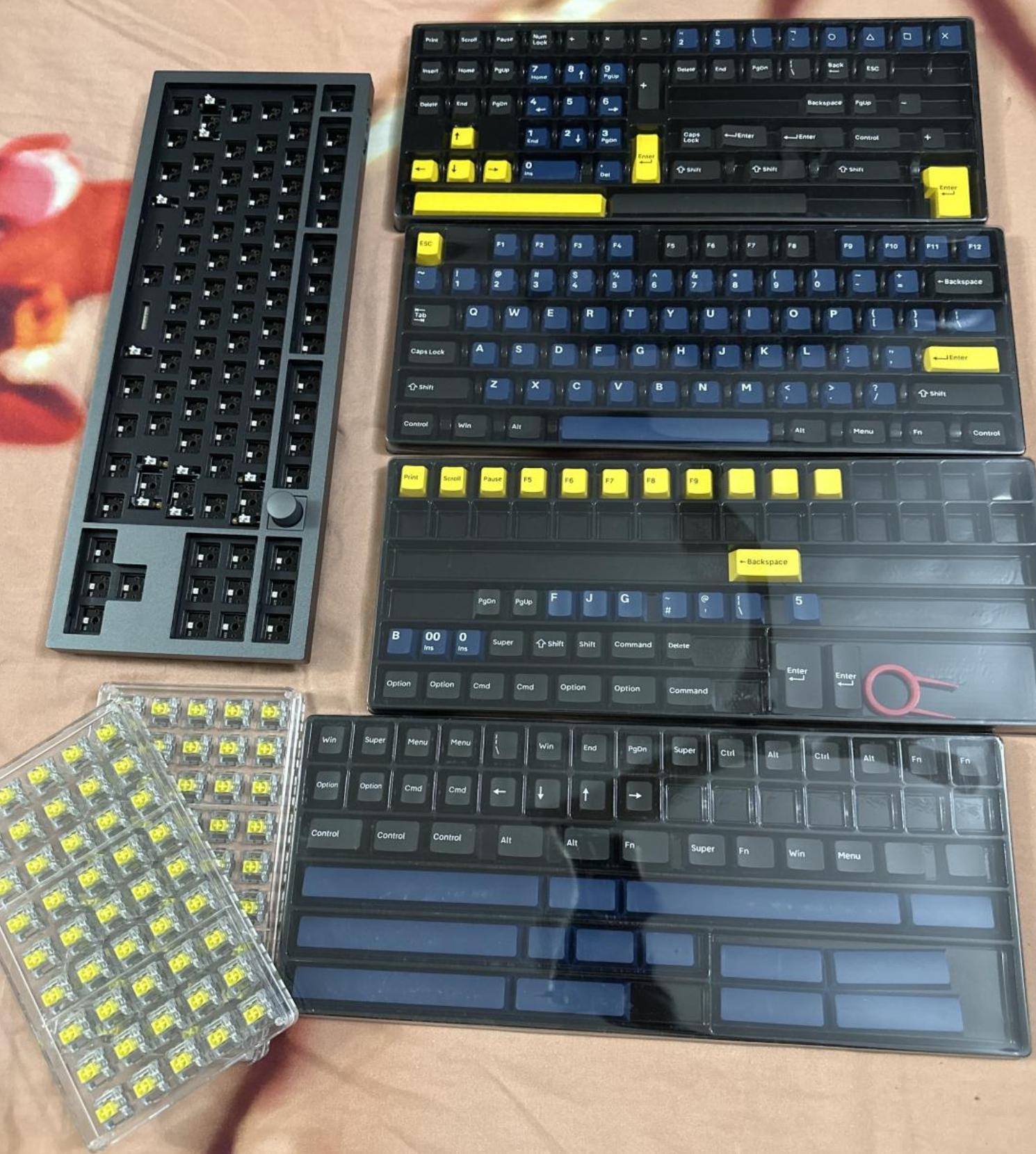
Building a custom mechanical keyboard is a hands-on experience that allows you to connect with your keyboard on a deeper level. The assembly process can be both exciting and daunting, but it’s a journey worth undertaking.
Preparing the Workspace: I ensured that I had a clean and well-lit workspace. This is crucial for avoiding any mishaps during the process.
Modding The Keyboard: Recognizing the significant role of sound in custom keyboards, especially as a beginner, I incorporated these modifications based on expert recommendations.
PE Foam: To achieve the desired “thocky” sound, I added a layer of PE foam within the keyboard. This helps in dampening the sound and enhancing the acoustic experience of typing.
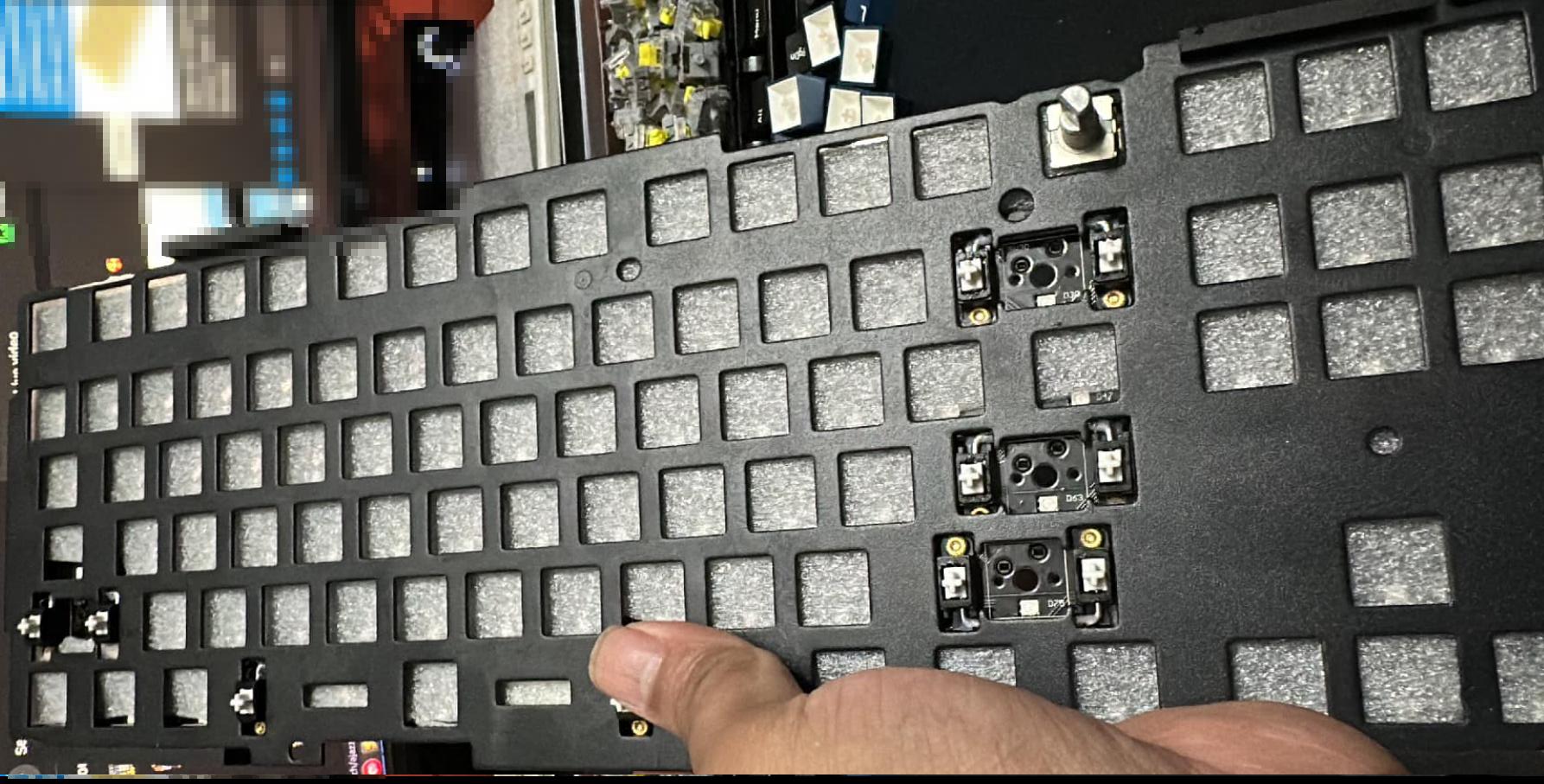
Tempest Tape Mod: An additional enhancement I have applied 2 layer of masking tape to the back of the PCB. Giving my keyboard a “poppy”, “marbled” sound signature

Force Break Mod: To reduce the metal-on-metal contact, I implemented a solution using two layers of electrical tape placed next to each threaded hole.
Stabilizer Balancing and Lubing:
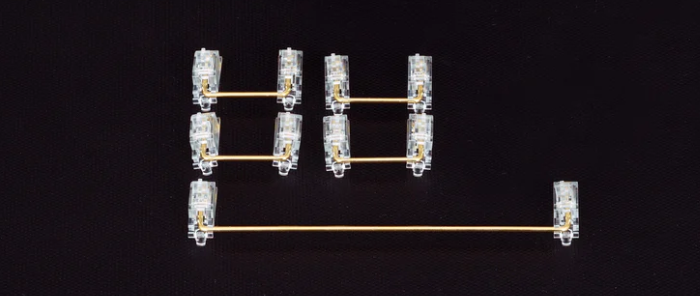 To further refine the keyboard’s performance and sound, I paid attention to stabilizer balancing and lubing the wires. This meticulous step involved carefully lubricating the stabilizers to ensure smooth and consistent key presses, ultimately contributing to an improved typing experience by eliminating rattling noise in space bar, shift and back space keys.
To further refine the keyboard’s performance and sound, I paid attention to stabilizer balancing and lubing the wires. This meticulous step involved carefully lubricating the stabilizers to ensure smooth and consistent key presses, ultimately contributing to an improved typing experience by eliminating rattling noise in space bar, shift and back space keys.
Switch Installation:
- Initial Challenge: During the switch installation onto the PCB, I encountered a minor setback where some switches weren’t connecting to the PCB correctly due to the PE foam mod. This issue rendered these switches non-functional, affecting their performance.
- Resolution with PE Foam: After diagnosing the problem, I decided to modify the PE foam. I opted for a thinner PE Foam and this change proved successful, allowing each switch to connect properly to the PCB and regain full functionality.
- Installation Process: Given that the switches arrived from the factory pre-lubricated, I proceeded directly to the installation step, mounting them onto the PCB. The convenience of the hot-swappable barebone kit further simplified the process, eliminating the necessity for soldering.
Keycap Placement: Next, I carefully placed the Keychron keycaps on top of the switches. This was the stage where the keyboard’s aesthetics truly came to life, and I could see my design choices in action.
The Firmware
 The Keychron Q3 comes with QMK open-source firmware. I’ve made custom modifications, including adding a numpad layer to the TLK (Ten Key Less) keyboard layout. Additionally, I’ve reassigned the caps lock key to serve as the escape key for easy access, a particularly handy adjustment when working with Vim. These changes were made by forking the GitHub repository and implementing the necessary tweaks. My fork can be found here.
The Keychron Q3 comes with QMK open-source firmware. I’ve made custom modifications, including adding a numpad layer to the TLK (Ten Key Less) keyboard layout. Additionally, I’ve reassigned the caps lock key to serve as the escape key for easy access, a particularly handy adjustment when working with Vim. These changes were made by forking the GitHub repository and implementing the necessary tweaks. My fork can be found here.
The Result
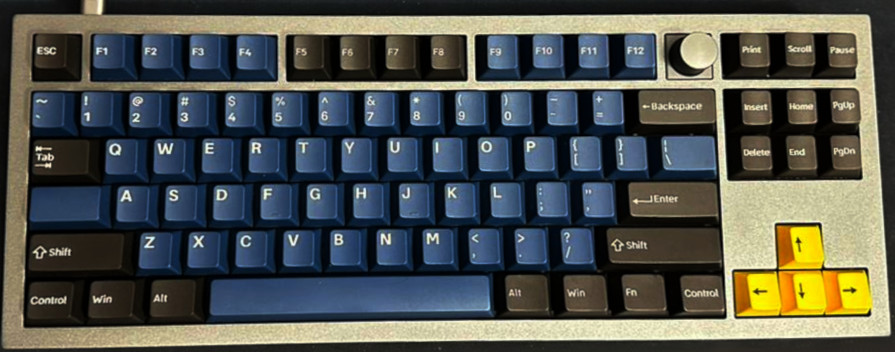 The moment of truth arrived as I connected my custom mechanical keyboard to my computer. Typing on it for the first time was a revelation. The tactile feedback from the Ajazz AS Yellow switches felt just right, and the Keychron keycaps added a touch of elegance to each keystroke. The Keychron Q3’s aluminum body provided stability, making every typing session a joy.
The moment of truth arrived as I connected my custom mechanical keyboard to my computer. Typing on it for the first time was a revelation. The tactile feedback from the Ajazz AS Yellow switches felt just right, and the Keychron keycaps added a touch of elegance to each keystroke. The Keychron Q3’s aluminum body provided stability, making every typing session a joy.
Conclusion
The experience of creating my very first custom mechanical keyboard was incredibly gratifying. It allowed me to seamlessly merge my technological expertise with a passion for simplistic design. This keyboard is more than just a functional tool; it’s a reflection of my unique style and preferences. Every time I type, I’m reminded of the careful choices I made during its construction.
To anyone considering delving into the world of crafting a personalized mechanical keyboard, here’s my straightforward suggestion: immerse yourself in thorough research and seek guidance from the experts at /r/MechanicalKeyboards or your local Facebook group. This is crucial because the components of a mechanical keyboard play a significant role in defining the overall experience. After that, fully embrace the journey and relish every aspect of the process. Happy crafting!
The result will be a keyboard that’s truly exceptional, providing not only a delightful user experience but also a deep sense of pride. It stands as a true testament to the remarkable potential of customization in today’s digital age, where even our everyday tools can be finely tuned to perfectly match our individual preferences.